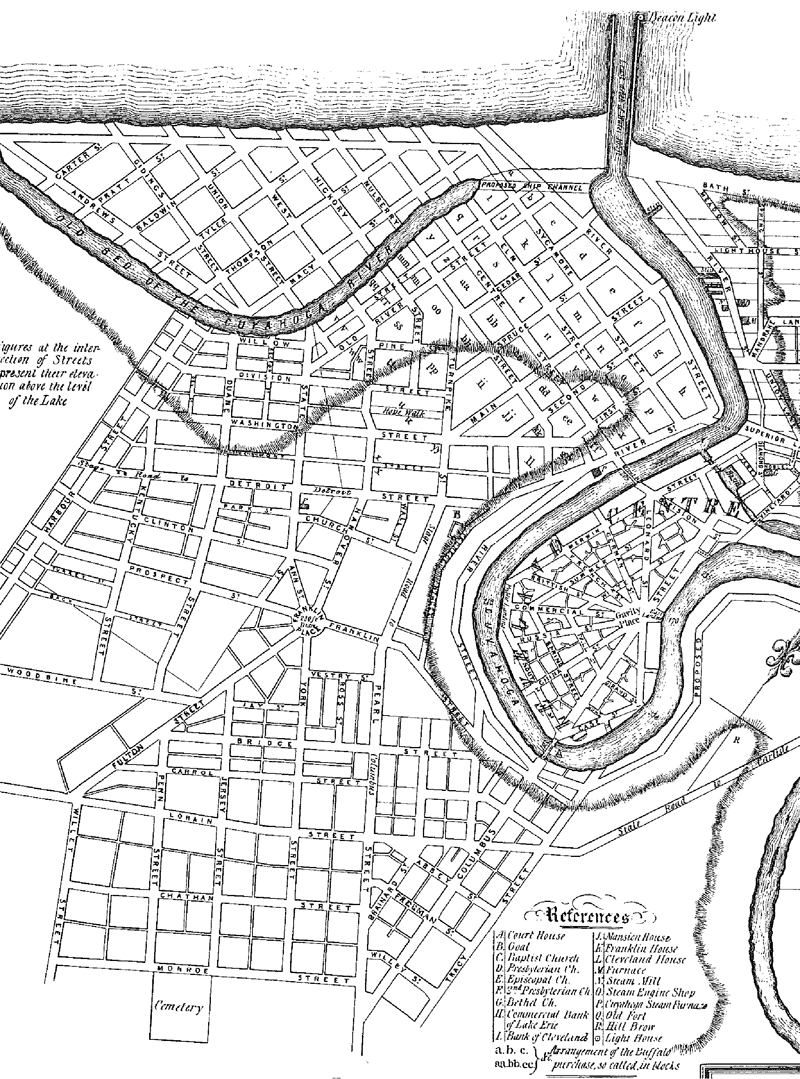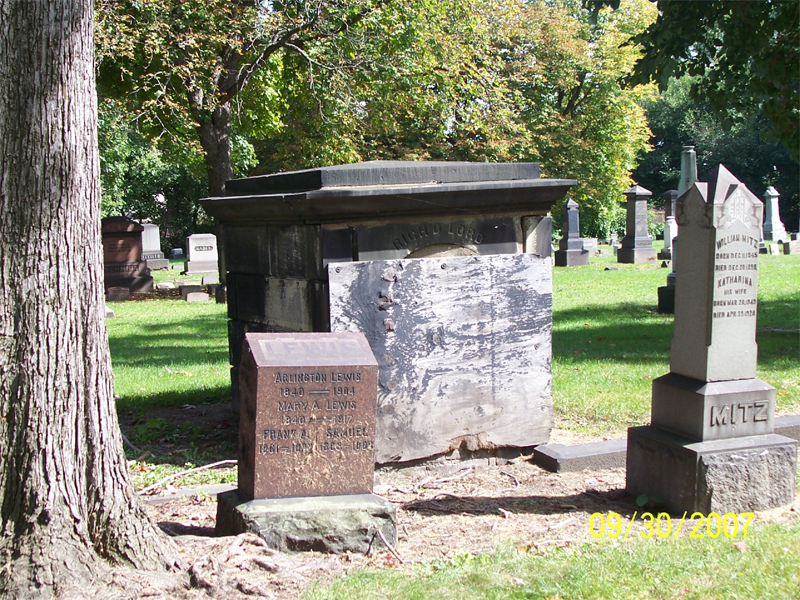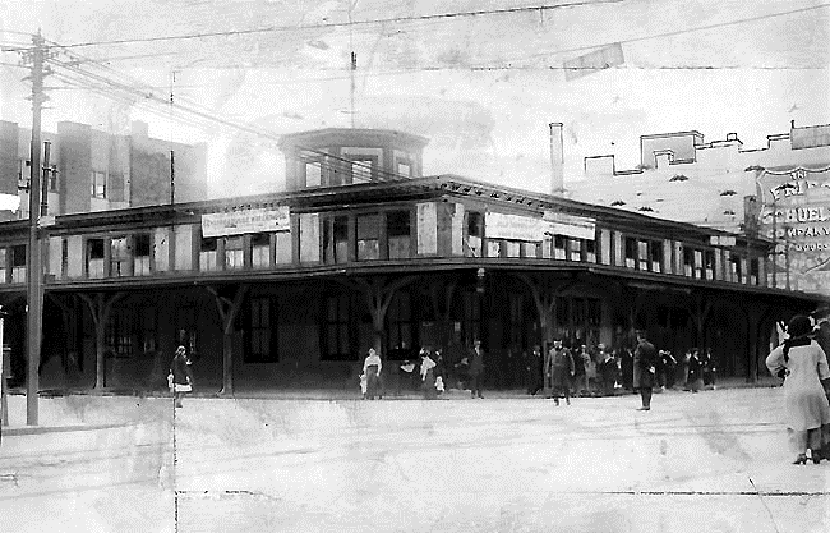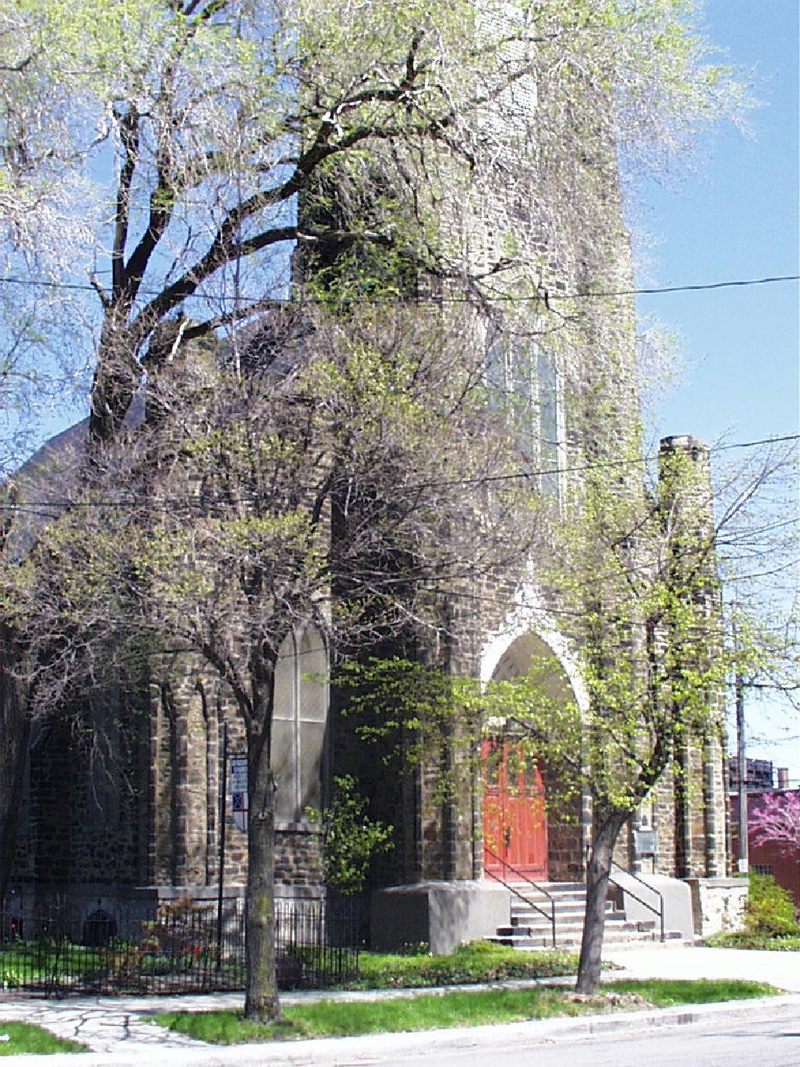Richard Lord 1780 - 1857
Anna Lord 1792 - 1871
For Sale: The Connecticut Western Reserve
Before the American Revolution, lands had been granted by the English sovereign to the colonies in the far away lands of which the English had little or no idea of the vastness of the country. The colony of Connecticut had received a land grant of approximately 4,000,000 acres which later was found to be around 2,500,000 acres. Subsequent to the war, the fledgling American government had requested that the former colonies, now considered states, release their claims on the royal land grants in favor of the U.S. government. The State of Connecticut elected to hold their granted lands to be later sold in order to establish a support fund for the public school system in the state. A group of 49 Connecticut citizens, who represented almost 500 total investors, formed the Connecticut Land Company and purchased the Western Reserve for $1,250,000. In 1796 a surveying party lead by General Moses Cleaveland was sent to the Reserve to measure, map and subdivide the property and to determine a location to found a city, however, due to treaties with the native Americans that lived in the area, the surveys could only be performed up to the Cuyahoga River.
In 1805, negotiations with the native Americans led to a further relinquishment of land title claims by them and the remaining portion of the Western Reserve was then available for sale except for 500,000 acres at the western end of the property that was held as the “Firelands.” This area was set aside to be given to Connecticut residents who had lost their homes to fires set by the British soldiers during the Revolution. In 1806 and 1807 these lands west of the Cuyahoga were surveyed and subdivided into townships.
George Condon, in his book West of the Cuyahoga, has written, “With clear title to the Western Reserve at last in hand, the land company next had to decide the order in which principal investors would be allowed to purchase specific areas. Diplomacy and tact were needed to determine the list of priority. There was a strong possibility of conflict among the investors, especially when it came to the attractive tract of land on the Cuyahoga River’s west bank, Township No. 7 in Range 13. It was excellent territory, made even more attractive by being directly opposite the settlement called Cleaveland.
“Wisely skirting any internal dispute over its choice of investor to be awarded that prize township site, the land company created Ohio’s first lottery. A private drawing was held in Hartford on April 2, 1807, to determine the winner of the west bank tract. The winner was Samuel P. Lord of Hebron, Connecticut, member of a well-known family. His total investment in the land company had been $14,092.00, a sum that entitled him to 35,230 acres in the Western Reserve.”

In 1809 a team of surveyors was sent to Brooklyn Township to prepare the township for development and sale. Lord’s son Richard and his son-in-law, Josiah Barber, were given the job of representing Samuel in this endeavor and both of them moved permanently to the township by 1818 as well as Richard’s brother Samuel. They formed the Lord & Barber Realty Company and began to sell their land. Richard Lord built a log cabin near the intersection of Pearl Street (West 25th Street) and Detroit Street and later replaced it with an impressive brick house complete with a conservatory. Lord’s personal land ownership was a farm of 320 acres that included much of the lakefront to what is now West 117th Street.
Though Lord was not trained as a city planner, his grasp of this discipline was based on common sense and first-hand knowledge of New England towns. The land sold quickly and for reasonable prices. A street pattern was laid out which to this day can still be seen bearing their original names such as Carroll, Vestry, Detroit, Bridge, and Church. One creative idea incorporated into the town plan which was decidedly not a New England town element was a park called Franklin Place. This large circular park some 280 feet in diameter with six streets radiating from it became the focus of an area that attracted many significant and wealthy persons in Ohio City. In Historical Collections of Ohio by Henry Howe, written in 1888, Franklin Circle was described thus: “THE CIRCLE is a finely ornamented ground on Franklin avenue, west side, from which radiates several streets. It has a central rock structure in primitive style; moss and vine, covered with water jets, rivulets, and drinking fountains–a delightful summer evening resort.”
When Ohio City became an incorporated city in 1836, Josiah Barber was elected the first mayor. Richard Lord served in a variety of governmental capacities and later, in 1843, also served as mayor of the community. In 1834 Lord became one of the three chief stockholders in the Cuyahoga Steam Furnace Company the first manufacturing concern in Cleveland. (See “William Bainbridge Castle” for information on the Cuyahoga Steam Furnace Company).

Brooklyn Township acquired its cemetery when Josiah Barber and Richard Lord, sold part of Lot No. 69 in January, 1836, for $160, to be used “forever as a public burying ground.” That portion of the cemetery, as it currently exists, that was purchased by Brooklyn Township lies between the centerlines of West 30th Street and West 32nd Street if they were extended into the cemetery grounds. Both Barber and Lord were buried in this cemetery though Barber’s body was exhumed and moved to Riverside cemetery later. Upon first seeing Lord’s mausoleum, one is struck by the very small size of the structure and the need to abbreviate Lord’s name above the entrance. The small sandstone box is actually an entrance to an underground mausoleum which is likely to be large enough to hold more than one casket. The ground around the visible portion of the mausoleum is raised above the normal ground level further indicating the presence of an underground room.

In 1840, Lord and Barber dedicated a parcel of land for a public square at the corner of Pearl and Lorain Streets (Now Market Square Park) with the stipulation that it always be kept as a public market site. Additional gifts of land enabled the marketplace to expand, and in 1868 the wooden, one-story Pearl St. Market was erected on the site.
Anna was a devoted church woman who gave the lot on which St. John’s Episcopal Church now stands. St. John’s Episcopal Church, the oldest church edifice standing in the Cleveland area, claims 1816 as its founding date, at the same meeting in Brooklyn Township as Trinity Cathedral Parish. When Trinity moved to the east side of the Cuyahoga River in 1826, several Brooklyn families left and in 1834 founded St. John's. They met in the Columbus Block in Ohio City until occupying the basement of their new church on the corner of Church and Wall streets. A founding member of the parish. Hezekiah Eldredge, architect and master builder, contracted to construct the building of gray sandstone in the Gothic style, completed in 1838.
